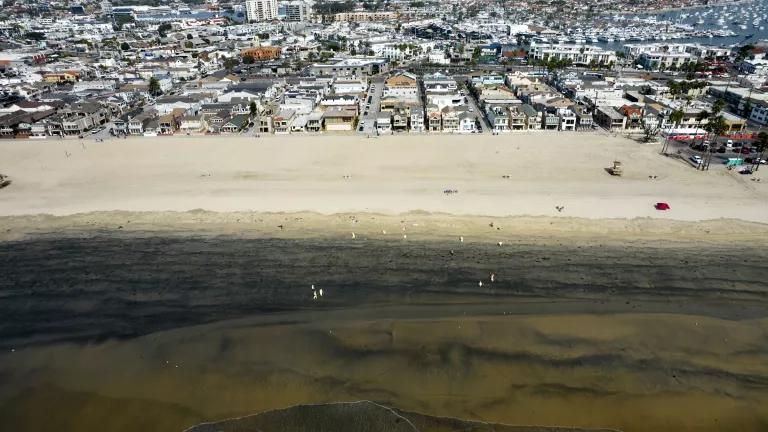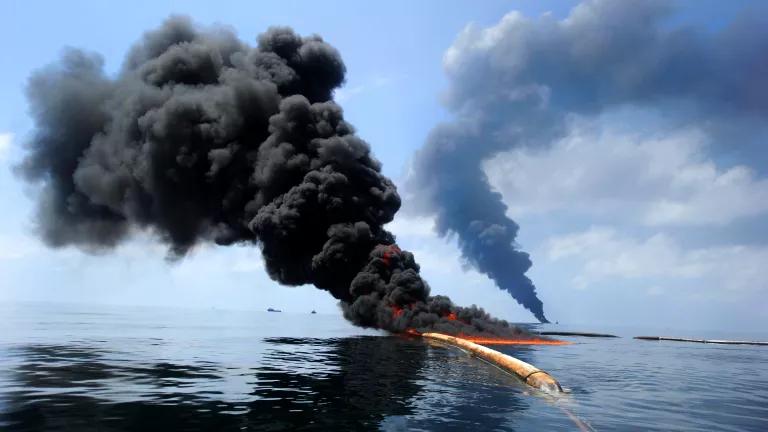Oil Spill Legal 101: What Could Come Next for CA Spill
The Huntington Beach offshore oil pipeline spill will present a handful of legal issues in the coming months and years. Here we go again.
Lawsuits I’d Rather Not Have to Bring: Litigating After an Oil Spill.
The oil tanker American Trader, carrying a load of Alaskan crude oil, sat on its own anchor, puncturing its hull and spilling over 400,000 gallons of sticky crude oil. That was back in 1990. And it fouled some of the same beaches now at risk from last weekend’s offshore oil spill. My colleagues and I tried the ensuing lawsuit and recovered a seven-figure verdict for the State of California for loss of use of the Orange County beaches.
Here we go again.
The Huntington Beach offshore oil pipeline spill will present a handful of legal issues in the coming months and years:
Liability. First question: Who’s at fault here? Who is responsible for paying for this disaster? The platforms involved in this spill, owned by Amplify Energy, are in federal waters. That means The Oil Pollution Act of 1990 applies. It imposes “strict liability” for an offshore oil spill, which means you don’t need to prove the company was negligent (or worse) to recover damages.
For offshore facilities like the platforms and pipeline apparently involved here, the holder of the drilling permit is the responsible party—here, Amplify Energy. If, as reports suggest, a passing cargo ship struck and damaged an underwater oil pipeline, the platform owner would have a claim against the shipper and ship owner for damages as well.
Damages. Many types of damages may be available under federal and state law. The Oil Pollution Act of 1990 provides for recovery of removal costs to get rid of the oil, damages to natural resources (including the cost of assessing the damage), damages to real or personal property, loss of revenues by the State or federal government, lost profits due to injury to real or personal property or natural resources, and the cost of providing increased public services during or after oil removal activities. Other damages may be available to government entities or private parties under California tort law.
Civil penalties may also be available to the State or federal government and can run into many millions of dollars, sometimes on a per day or per barrel basis. In the Deepwater Horizon case, for example, the federal court set up a multi-billion dollar fund, funded by British Petroleum and other responsible parties, to pay claims to people and businesses injured by that catastrophic oil spill. Under the Oil Pollution Act, damages are capped at $75 million per spill, plus removal costs.
Timing. It can take months or years to properly assess the scope of damages, especially natural resource damages. Experts such as marine biologists are always involved in big cases. In the Exxon Valdez oil spill, for example, experts assessed the salmon runs in Alaska. After the Deepwater Horizon blowout, experts evaluated effects on the sperm whale population in the Gulf of Mexico. Settlement agreements in these cases typically contain a “reopener” clause to take care of damages that are not known at the time of the settlement but become apparent later.
Role of the responsible party. It is not unusual for the responsible party to be involved in the investigation. Typically, the government entities involved prefer to avoid paying out of pocket up front for investigation or remediation. There is legitimate concern about the validity of a responsible party investigating itself, and so some government supervision, including, for example, the collection of split samples of polluted water or soil, is common. What the responsible party will or won’t pay for is often the subject of negotiation with the government entities involved.
Litigation. These cases can take years to resolve in the courts. A local resident, Peter Moses Gutierrez, filed yesterday the first of what is likely to be many class action lawsuits in federal court, seeking damages for local homeowners and businesses. The personal injury and property damage cases are often consolidated into one mega-case, at least to deal with the common questions of who is at fault.
Another potential wrinkle here is the possibility of bankruptcy, a trick from the polluter playbook that we in Southern California recently saw in the Exide lead pollution matter in East Los Angeles. Amplify recently underwent insolvency proceedings in Texas, emerging from bankruptcy in 2018. The possibility of a large damages award may make them rethink that option.
After the American Trader matter, I was hoping never to see an incident like this in California again. But here we are. Until we can stop our addiction to fossil fuels as a nation, our coastal states, their economies and natural resources will continue to be at risk from disasters like pipeline leaks, platform blowouts, or tanker mishaps.



